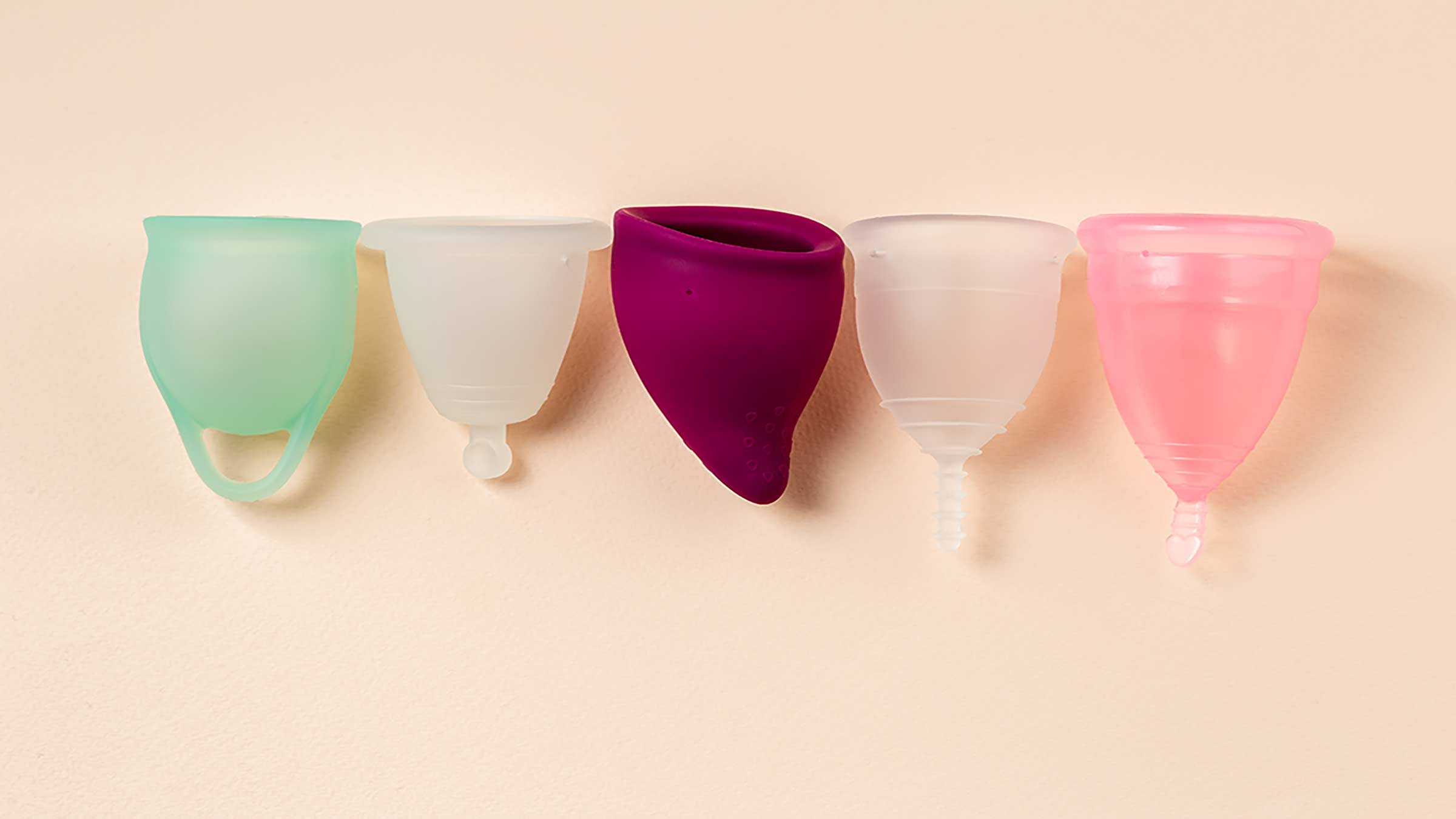Fed up of constant irritation ‘down there’ and sore skin arising from use of sanitary napkins, Aishwarya Chandra* (36) decided to ditch tampons and choose menstrual cups for her monthly cycle. The Mumbai-based copywriter says, “Even tampons are not without risks, though they didn’t cause rashes like pads. My doctor warned me not to keep one on for more than four hours. Plus, they are as polluting as sanitary pads.” Looking for yet more alternatives, Chandra stumbled upon the menstrual cup – and her periods have never been the same since.
“I love the convenience and how clean the period is with the cup,” says Renuka Sukhija (29), who has been using the cup for about five years now. “It’s cost-effective, requires a small space, can be used anywhere at any time, and ensures a happy, hassle-free period. But I struggled initially to get it right.”
If you’re about to use the menstrual cup or have just started using it and find it difficult to use, read on to know 5 things about it:
#1 The ‘punch down’ fold is the best. You cannot just insert the cup inside the body – it must be folded in a way that ensures the entire contraption is inside the body before it can open and complete the seal. There are about 10 known folds for the cup, but the ‘punch down’ or ‘diamond’ fold is the best for beginners. It has a point on one side which helps the cup enter the vaginal canal easily. Just make sure you hold the fold in place till you have inserted the cup fully, then rotate it so that it opens and locks the seal.
#2 A hard or semi-hard cup is best. Most women think they should choose a soft cup. After all, the vagina is a delicate organ and you don’t want to end up injuring yourself. However, it is a myth that a hard cup will cause injuries. The menstrual cup is made of medical grade silicone and a harder variant might not feel as comfortable going in as a soft cup, but it will open fully once inside. A soft cup, on the other hand, may not open fully. A cup that doesn’t open fully inside the body cannot complete its seal, and hence, cannot collect the blood properly.
#3 Be prepared to use a pad or liner as backup initially. It takes about three to five periods for most women to fully understand how to use the cup. Some women might get it right in the first period itself. But if you haven’t yet understood how to insert or remove it properly, continue practicing and also use sanitary pads or liners as a backup to catch any unexpected spills.
#4 Removing it is tricky at first. Most women are able to remove the cup easily by pinching its base and simply pulling it out of the body. However, others struggle to break the seal and might panic. In the worst case, you might need a gynaecologist to remove the cup from your body. But meanwhile, try and pass a stool or urine to relax the area. Next, reach in and hold the stem of the cup with the fingers of your left hand and use two fingers of your right hand to reach inside the body along the wall of the cup. When you reach the rim of the cup, press down on it firmly to break the seal. Now slide the cup out and empty it.
#5 Clean it every day, and once again after your period is over. Though the menstrual cup is safe to keep inside the body up to 12 hours before you empty it and use it again, it is better to sanitise it once every day before use. Most cups can simply be put in a container of boiling water for a few minutes to become ready for use. Some brands offer a sanitising cup and cleaning solution. Be sure to clean the cup after the period is over, and to dry it completely before storage. Never use bathing soap to clean the cup.
(featured image courtesy https://health.osu.edu/health/sexual-health/can-menstrual-cups-help-you-get-pregnant)





